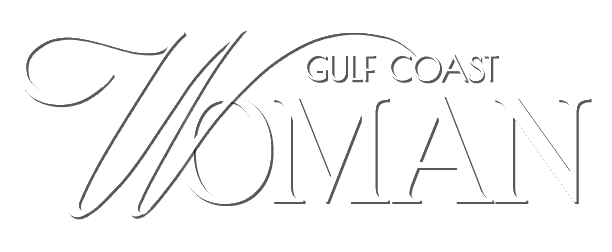By Jeffrey Benzing, DPM

Feet are the tireless workhorses of the human body, keeping us moving through thousands of steps every day. For all the work they do, our feet often are the last part of the body we notice until something goes wrong.
While many common foot problems can be managed with conservative measures, sometimes surgery becomes necessary to restore comfort and full mobility. Let’s look at three common foot ailments and the critical point at which surgical intervention becomes the best path forward.
BUNIONS
A bunion is a painful, progressive deformity where the joint at the base of the big toe shifts outward. This causes the big toe itself to angle inward toward the other toes. When persistent pain, swelling or stiffness continues despite conservative treatments (like wide footwear or orthotics), it’s typically time to consider surgery to correct the alignment.
Post-operative recovery initially requires keeping weight off the foot until the stitches are removed, usually around four weeks. Many patients resume normal activities within two to three months.
CURLED TOES
Hammertoe, claw toe and mallet toe are deformities where the smaller toes bend or curve abnormally at the joints. These conditions commonly result from poorly fitting shoes, muscle imbalances or genetic factors. Initial treatment focuses on conservative methods like properly fitted footwear, foot strengthening, padding, splints and orthotics.
Surgery becomes necessary if the toe joint becomes rigid (cannot be straightened) or if pain persists despite non-surgical care. The surgical approach depends on the deformity being corrected, aiming to either lengthen soft tissues or realign the joint through bone modification. Recovery usually involves several weeks of limited mobility. Most patients return to normal activities within one to two months.
PLANTAR FASCIITIS
Plantar fasciitis is a painful inflammation of the plantar fascia, a thick band of tissue running along the bottom of the foot. It causes severe heel pain that is frequently worse in the morning. Often caused by overuse, prolonged standing or tight calf muscles, it usually resolves through conservative measures like rest, stretching and supportive footwear.
Surgery is only considered when severe pain persists for more than six months despite nonsurgical treatments. The most common procedures are the endoscopic or open release of the plantar fascia. Other procedures may be employed if the plantar fasciitis is caused by another underlying condition that needs correction.
Recovery typically requires four weeks of non-weight-bearing and physical therapy, with most patients resuming full activity within about two months.
Dr. Jeffrey Benzing is a surgical podiatrist at Ochsner Hancock Podiatry. Call (228) 220-5200 or visit ochsner.org to learn more.


